Tip #3: Use trained interviewers who are able to build rapport
Effective interviewing is both an art and a science and takes training and lots of practice! As I mentioned in my previous post, interviewers need to think quickly on their feet. This is important because they need to “go with the flow” so it seems more like a friendly conversation than an interrogation and still manage to cover all the major questions. If resources are very tight, consider networking to find a highly motivated graduate student or professional who is a stay-at-home parent who may be willing to conduct and analyze phone interviews from home:
- either in exchange for a modest stipend or
- pro bono to stay in touch with their field or branch out into a new area of expertise
In my early days of beginning to learn about qualitative methods (e.g. interviews, focus groups), I received a lot of help from Earl Babbie’s surprisingly down-to-earth textbook “The Practice of Social Research.” I still recommend this book as a great resource for interviewers.
Tip #4: Obtain audio recordings with the permission of your respondents.
Remember to make a decent audio recording of interviews and to obtain consent before doing so. Some evaluators decide to translate interviews word-for-word, even including non-verbal events such as pauses, laughter, etc. Weigh the benefits and costs of transcription versus detailed notes.
Tip #5: Conduct interviews and begin analyzing results simultaneously
Keep an eye out for emerging patterns and themes as you conduct interviews. Analyzing the interview results for themes, also known as qualitative analysis or coding, as you go, helps alert you to modifications you may need to make to questions to best capture the information you need. For example, in a recent set of interviews, I soon realized that my questions needed to be more direct. For example, “do you receive XYZ type of support?” versus the more indirect: what benefits do you receive from this program? (Although the indirect question can yield a wealth of information on unanticipated outcomes that are still very important!)
Tip #6: Allocate time to learn to use software that assists with qualitative analysis of your data, if needed.
Generally, these tools are very beneficial if you are using multiple interviewers and have a large number of respondents, or if the analyst detests the tedious work that accompanies coding transcripts for themes. These tools do not replace the important role of manually reading and re-reading the interview transcripts though. The American Evaluation Association has a LinkedIn group that is a great resource for questions related to which software to use and for those interested in evaluation in general! http://www.linkedin.com/
Tip #7: Begin writing the interview report even before you have finished analyzing all the data
Stepping back and beginning to see the big picture helps to deal with analysis paralysis or the condition of over-thinking about and over-analyzing the data. Your inputs affect your outputs. Well-designed interview questions that are based on the peer-reviewed literature as well as candid feedback from your program stakeholders, in concert with skillful interviewing techniques, all contribute to facilitating a meaningful and informative interview report.
——————
For more resources, see our Library topic Nonprofit Capacity Building.
_____________________________________________________________________________________________________________________
Priya Small has extensive experience in collaborative evaluation planning, instrument design, data collection, grant writing and facilitation. Contact her at [email protected]. Visit her website at http://www.priyasmall.wordpress.com. See her profile at http://www.linkedin.com/in/priyasmall/














